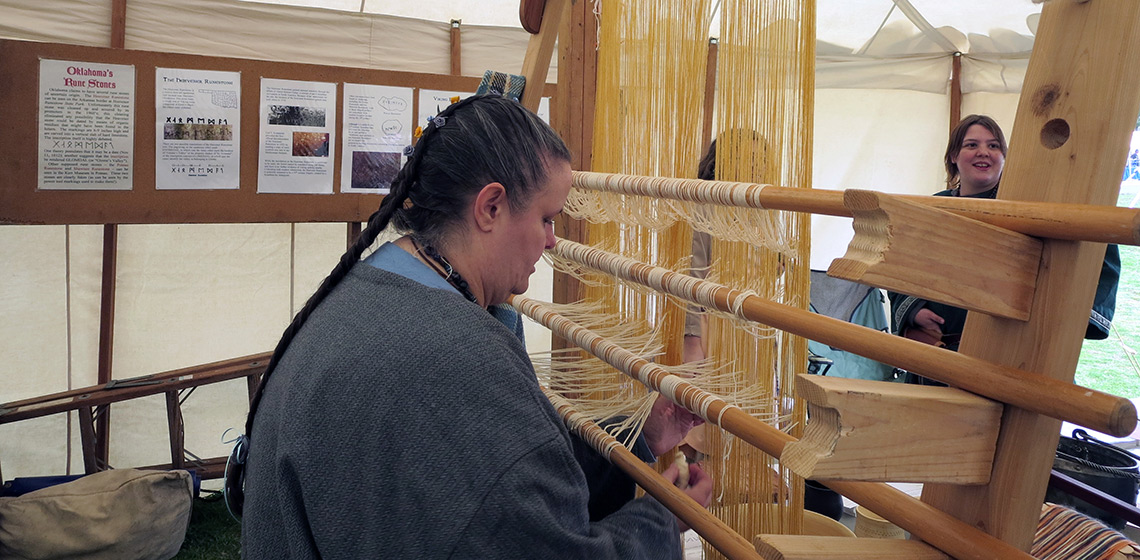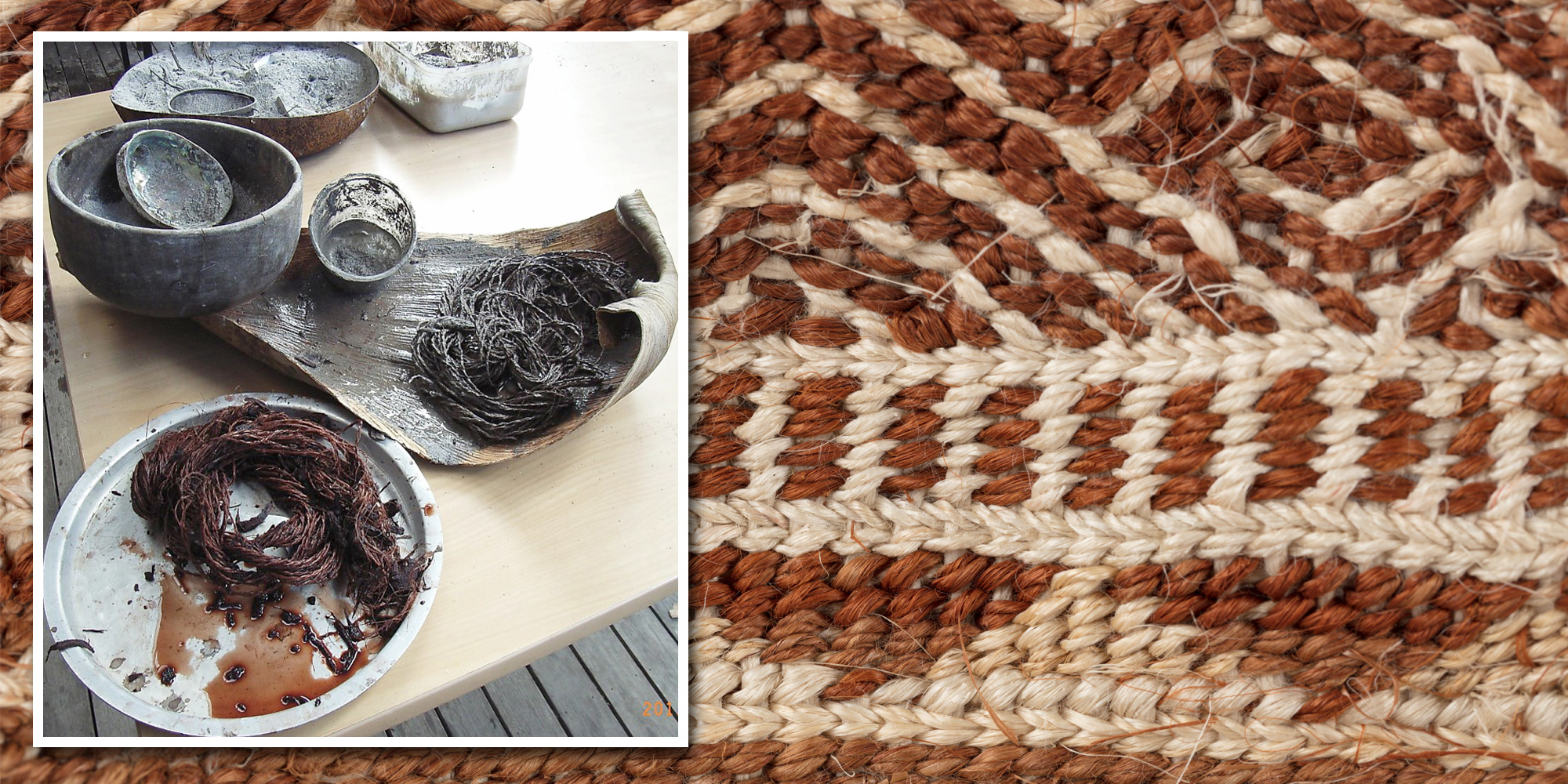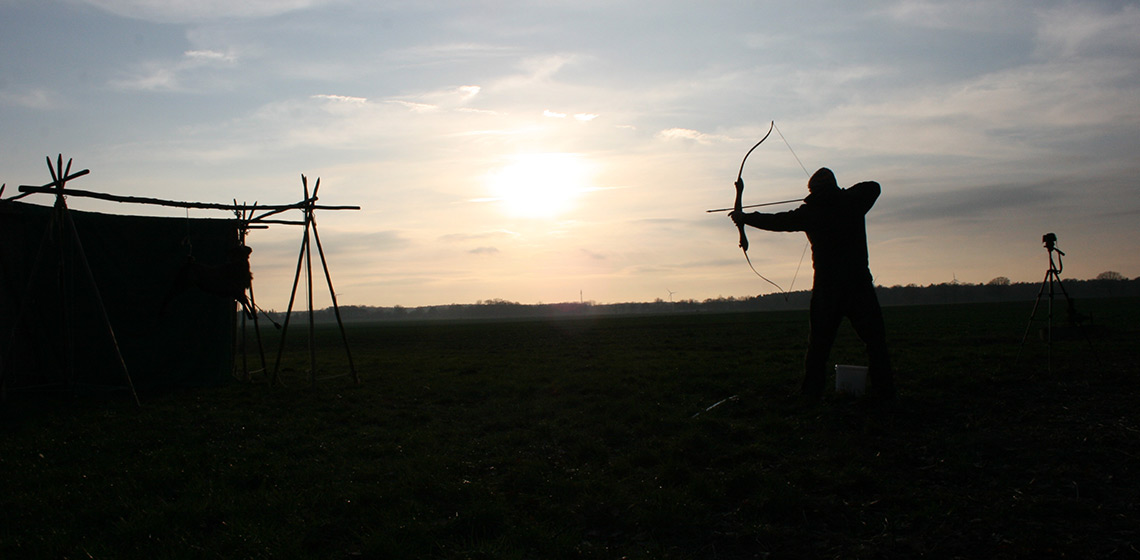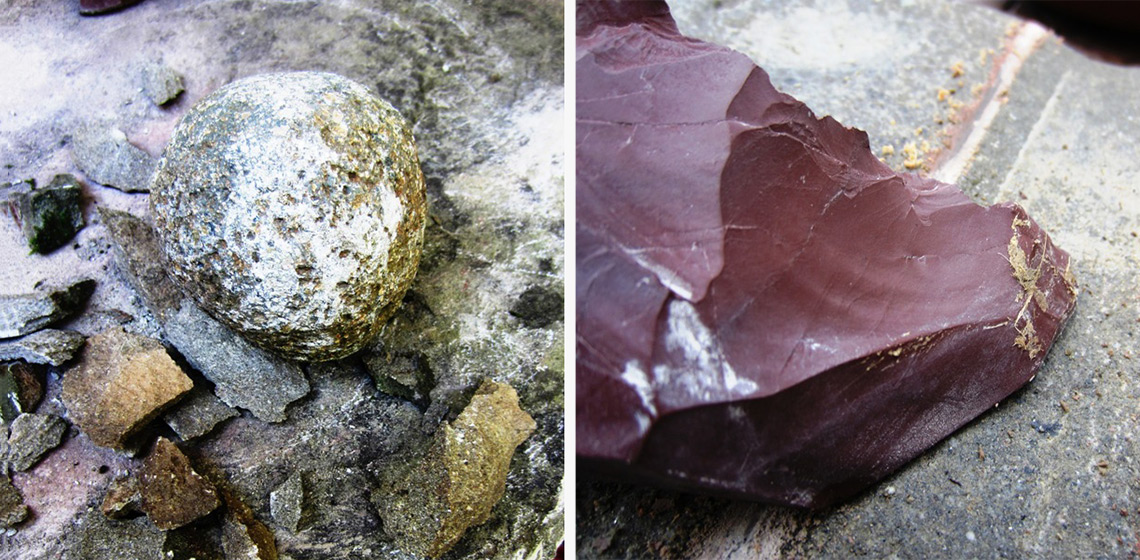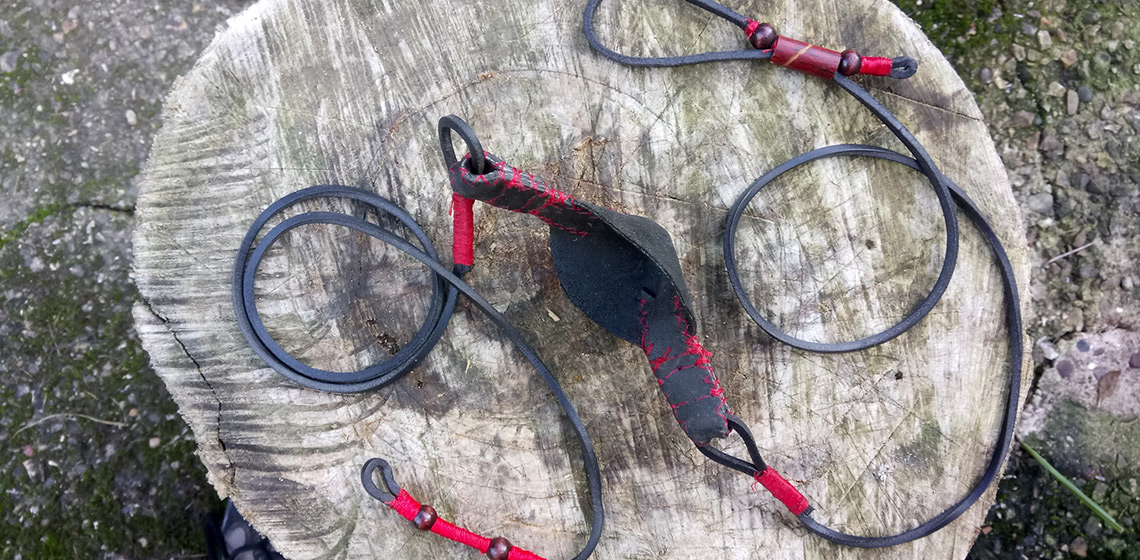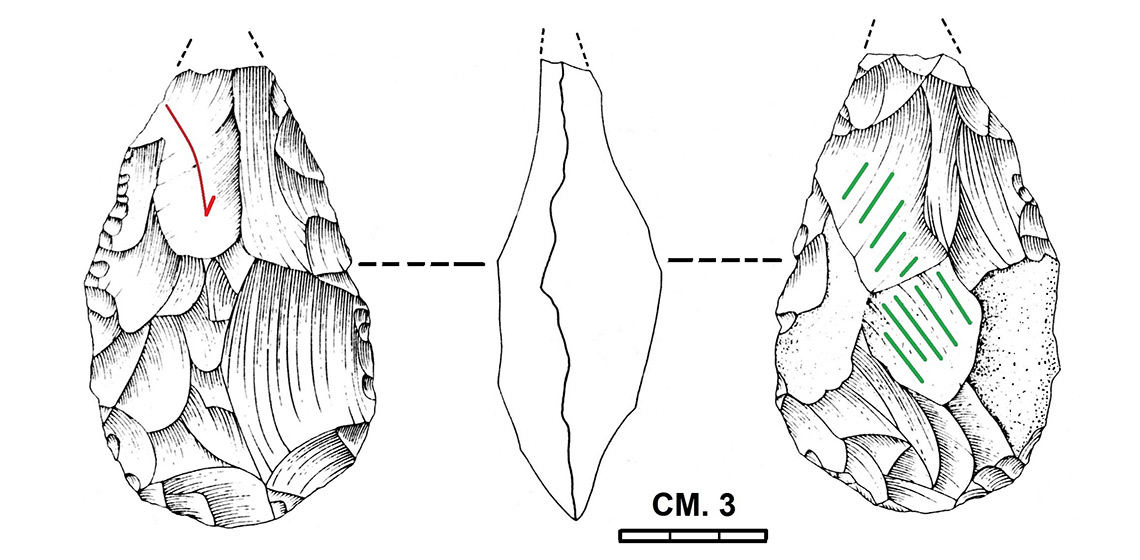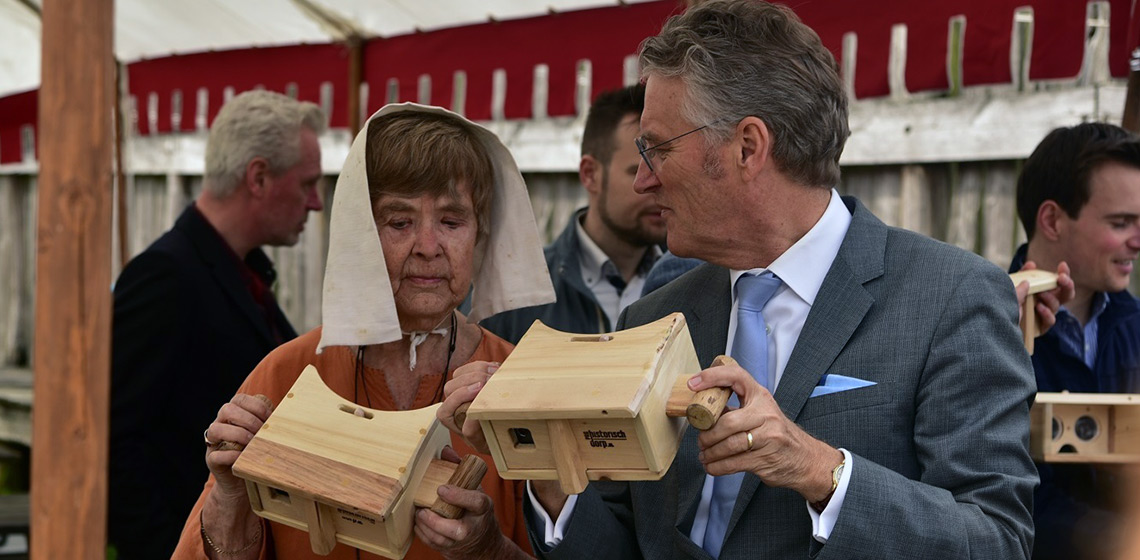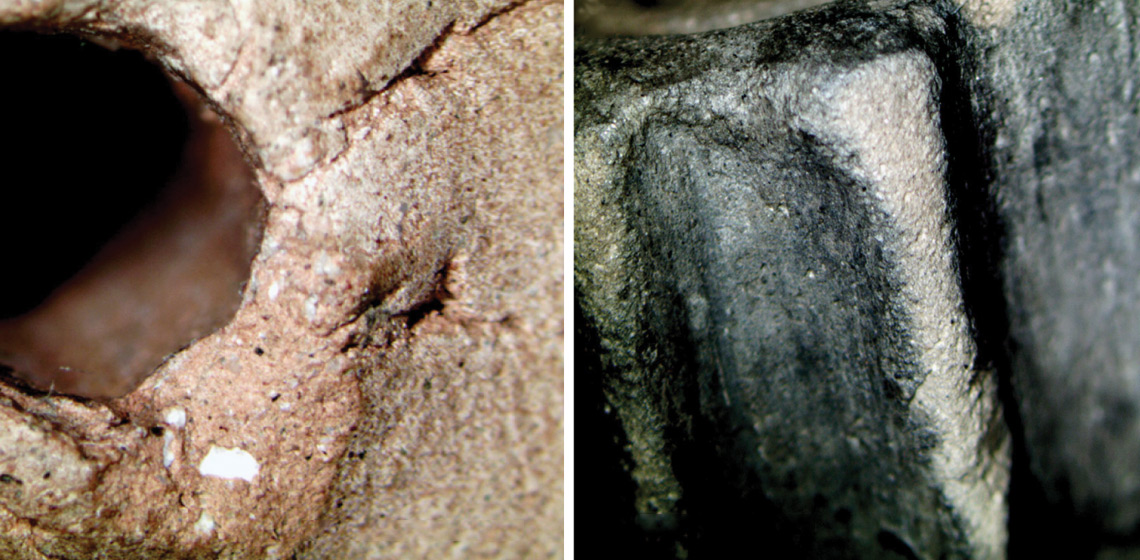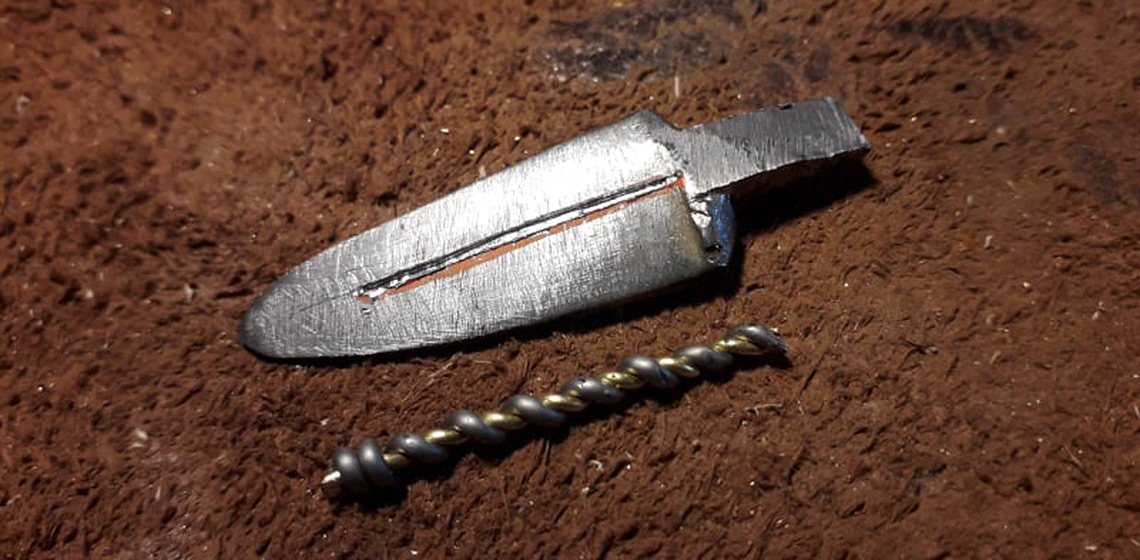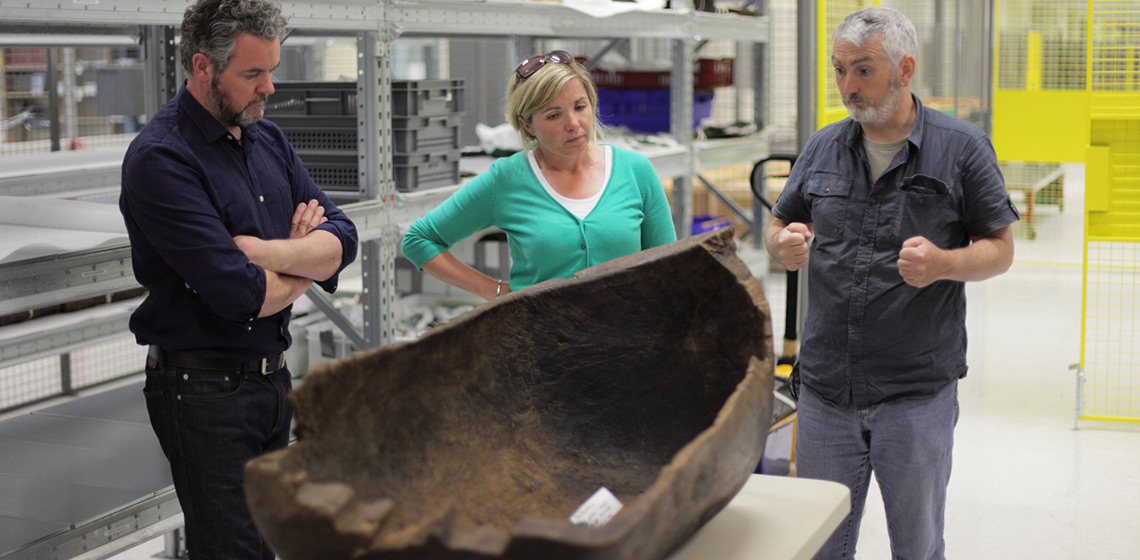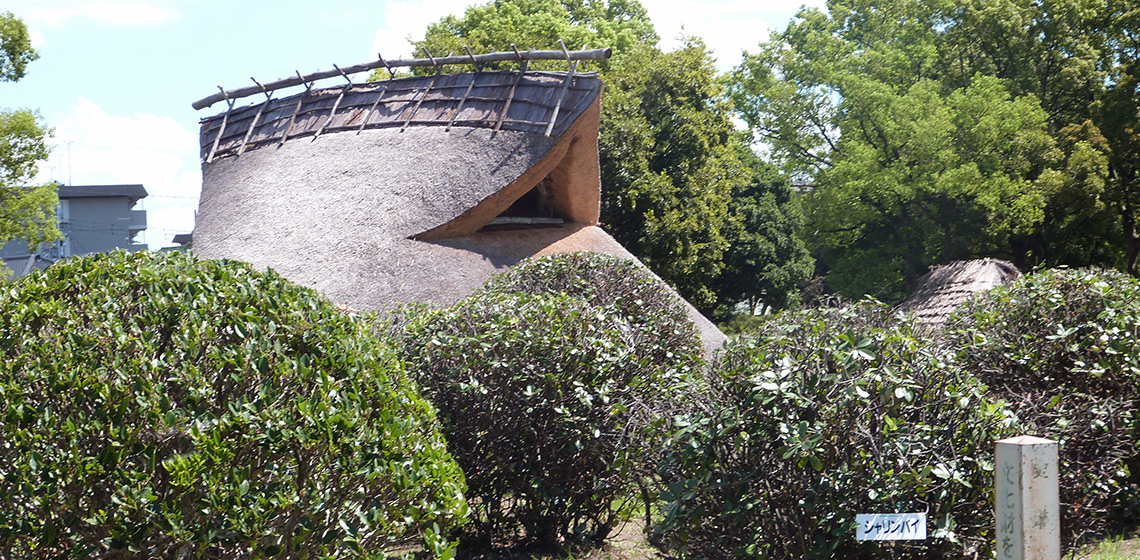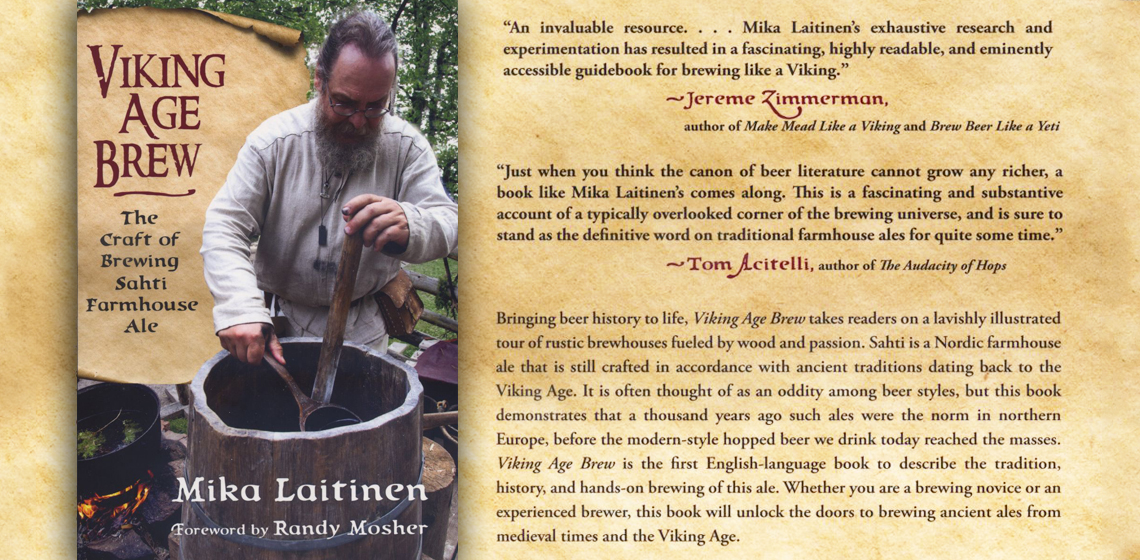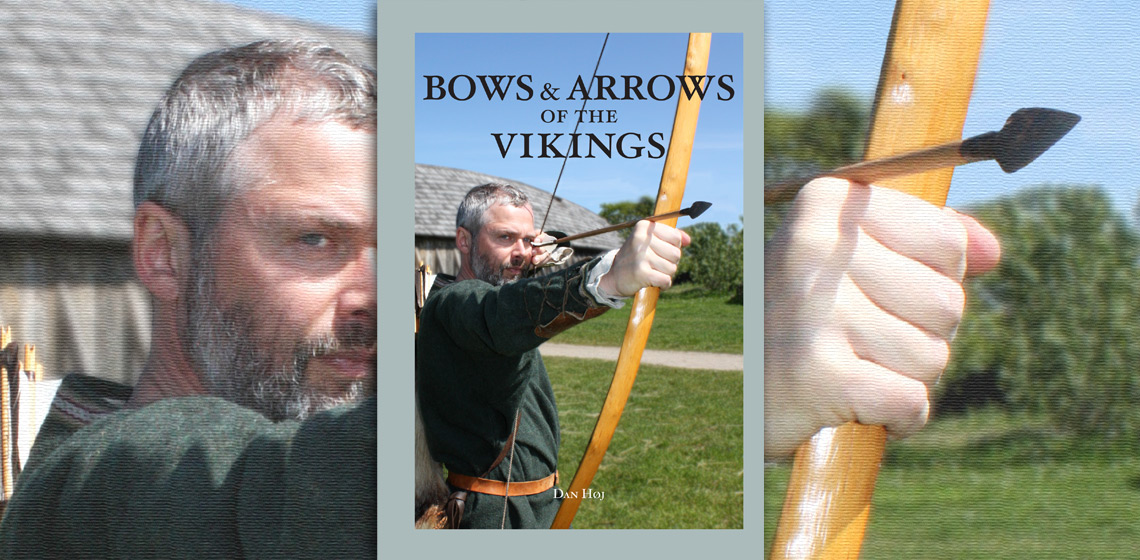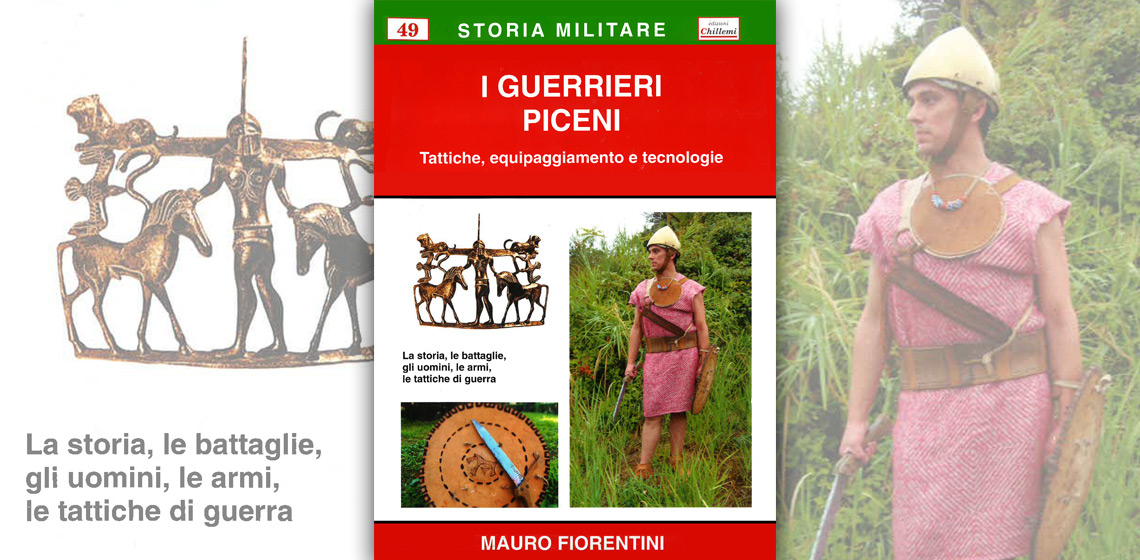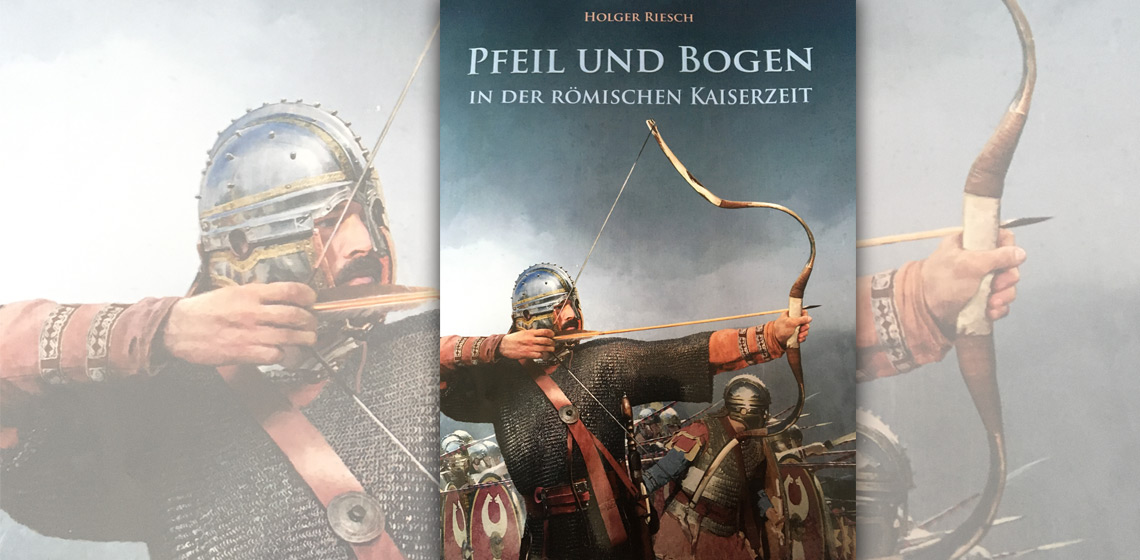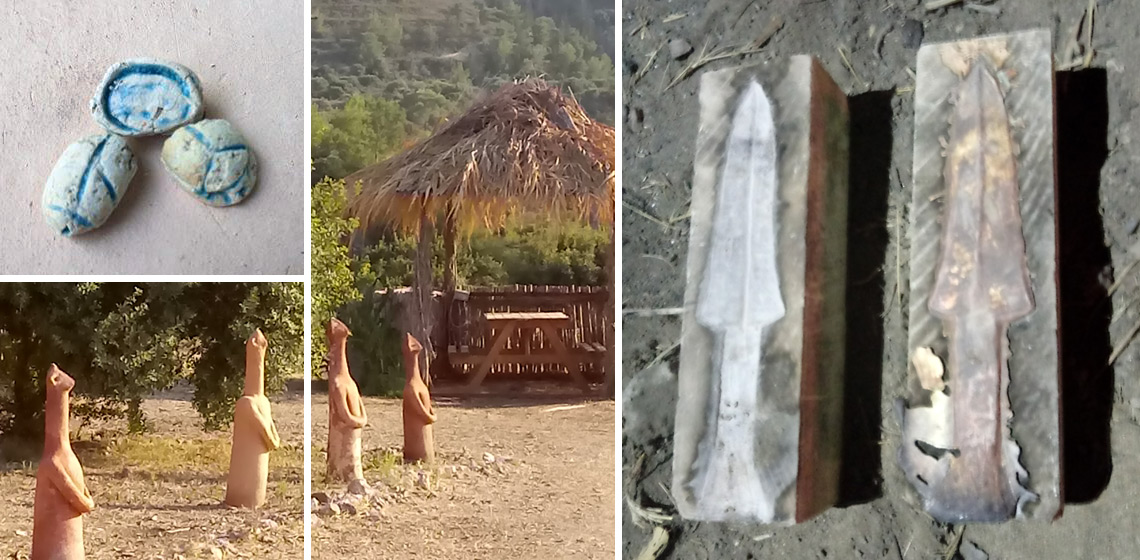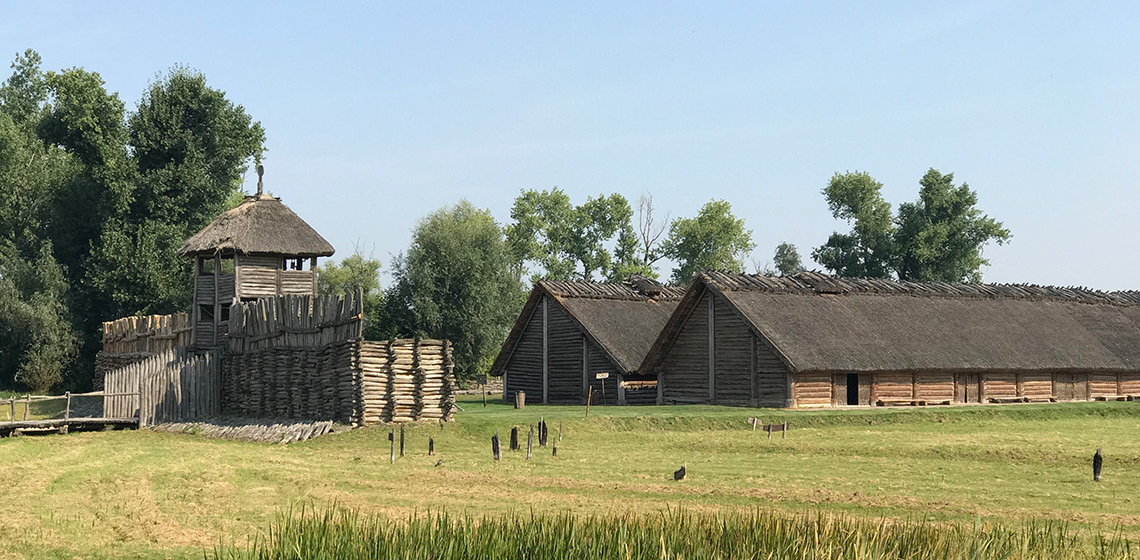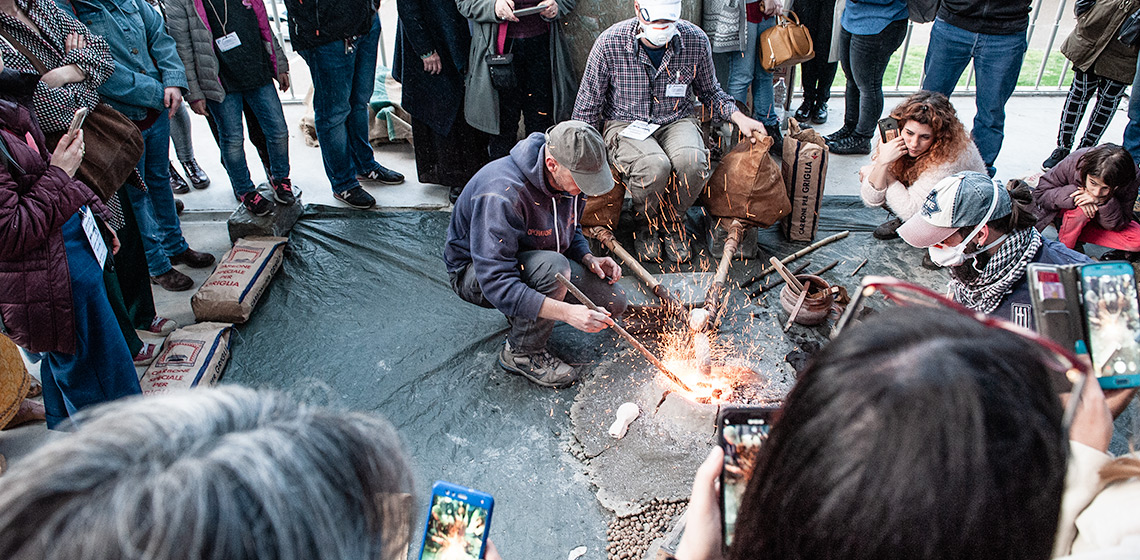EXARC Journal Issue 2019/4


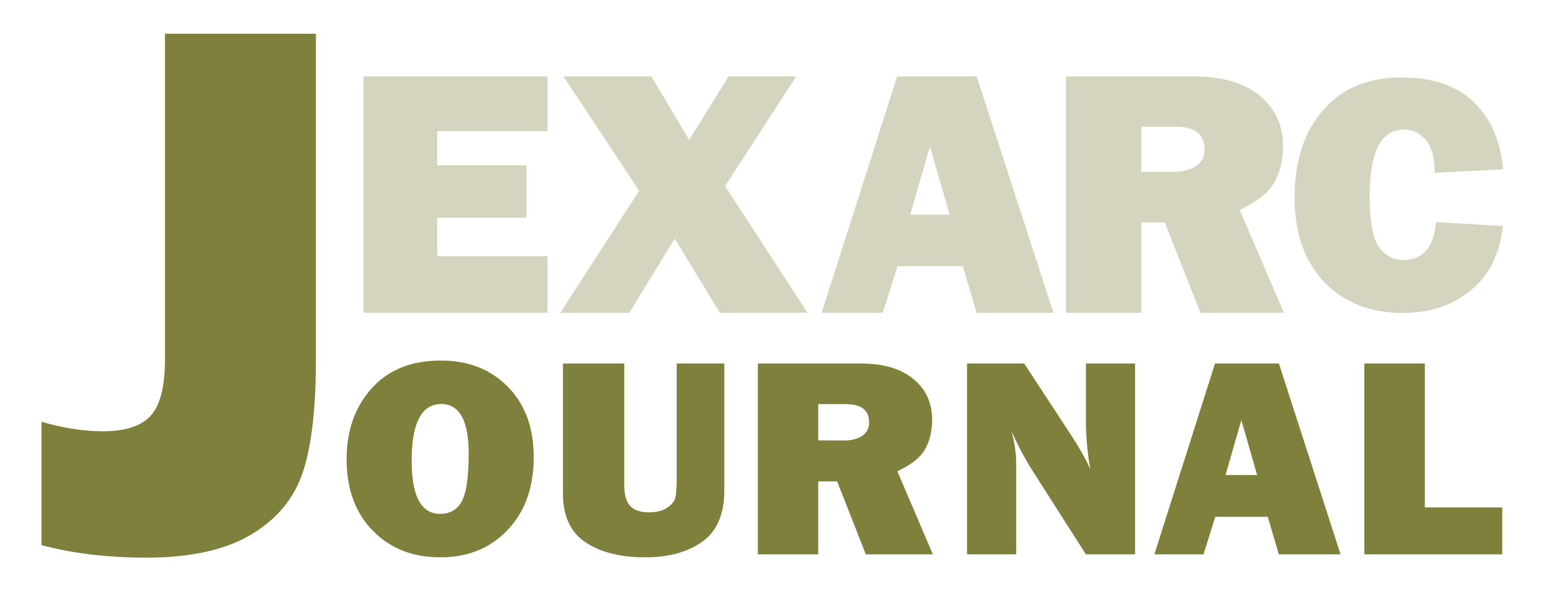
20 Articles | DOAJ | Open Access
ISSN: 2212-8956
Publishing date: November 25, 2019
📄 EXARC Journal 2019/4 Table of Contents
Copyrights: EXARC, 2019
Summary
EXARC just published its 4th Journal of 2019. All is open access. With 2019-4 issue we concluded our 2019 publications - totaling 82 articles. Its 20 articles include first six contributions from the 11th Experimental Archaeology Conference, #EAC11, in Trento (check the Proceedings of the 11th EAC conference, Trento, 2019) - but we expect to publish more of that in the near future. Further we have some thoughts on working with Artisans, AR & VR in Archaeological Open-Air Museums, articles on Arrowheads, Stone Axes, Slings, the Replication of Archaeological and Ethnographic Māori Textiles and several conference and book reviews. Special attention goes to The Pallasboy Project (see photo), which investigated Irish Iron Age Find and questioned every detail: Is it a boat? A trough? A wine cooler? A crib?
Reviewed Articles
Working with Artisans; The ‘It Depends’ Dilemma
Replication of a Maori Ethnographic Textile Hem Border Pattern
***Replication of archaeological and ethnographic Māori textiles, under the direction of customary knowledge and previous practical experience, can provide a more nuanced understanding of the manufacture of taonga (treasures) made from fibre materials. A case study is presented here from the unique perspective of a weaver who...
The Arrowheads of the Squared-Mouthed-Pottery Culture: Reconstruction and Shooting Experiment
***This international experimental project focused on the production of replicas of different models of flat-retouched flint arrowheads (stemmed, with flat base, and ogives -with rounded base-) in use within the Neolithic Squared-Mouthed-Pottery Culture (SMP) of Northern Italy. The aim was to test their efficiency in order to understand if...
Stone & Metal: Experimental reproduction of a stone monument of the Metal Age, Located between Liguria and Tuscany (Italy)
***The Italian region of Lunigiana, is located between Liguria and Tuscany, and is rich in stone statues which were worked from the third millennium B.C. until the beginning of the historical period, around the 6th century B.C. (Anati, 1981). Eighty statues have been collected and show stylized male and female characters...
The Iron Age Shepherd Sling
Basalt Handaxes: Preliminarily Testing the Lithic Translation Strategy Hypothesis and Comparisons with the Fontana Ranuccio Site Bifacial Tools
***The oldest bifacial “handaxes” known so far belong to the “Kokiselei 4” site, dated to 1.76 Ma (West Turkana, Kenya; Texier, 2018). They have been manufactured by direct lithic percussion on magmatic effusive stone materials. Considering that the evolution of “fully operational intelligence” (Wynn, 1979) has been associated with the so-called...
Everybody Else is doing It, so Why Can’t We? Low-tech and High-tech Approaches in Archaeological Open-Air Museums
The Contribution of Experimental Archaeology in Addressing the Analysis of Residues on Spindle-Whorls
***This contribution focuses on residues developing on spindle-whorls during spinning. Such a kind of tools is largely diffused in archaeological contexts where spindle-whorls were used in textile activities or deposited in burials as grave goods. Scholars recently approached the analysis of these objects through experimental archaeology to better understand their wide variation in size and shape especially in relationship with the adoption of...


